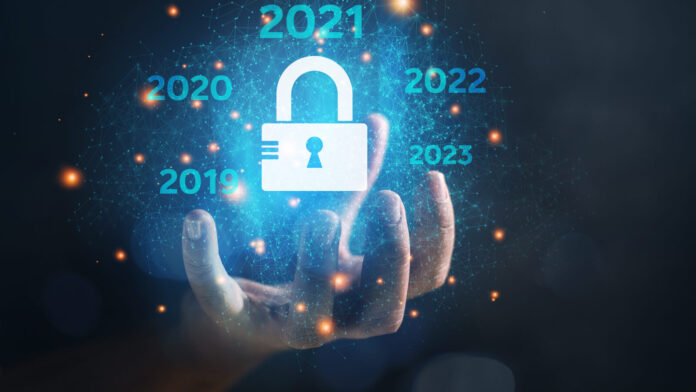With COVID-19 accelerating the digital transformation journeys, business leaders are focused on fortifying their cyber-security resilience.
2021, for most organizations, is undoubtedly the year to reset and to secure their cyber-security resilience. The industry expects business leaders to support their combined security posture – due to the rapid changes and uncertainty during 2020.
Basically, the marketplace adjusted to function from remote locations, and with all things online, the overall attack surface increases. In its essence, the journey towards the cloud has also accelerated. CISOs are now focusing on building robust, sustainable security for better ways of business operations.
 Troy Hunt, Founder of Have I Been Pwned and Regional Director, Microsoft said, “The volume of data businesses are collecting and digitizing has risen, and a lot of this is sitting on someone else’s cloud. We need to work differently, have conversations differently, collect data differently, and secure things differently.”
Troy Hunt, Founder of Have I Been Pwned and Regional Director, Microsoft said, “The volume of data businesses are collecting and digitizing has risen, and a lot of this is sitting on someone else’s cloud. We need to work differently, have conversations differently, collect data differently, and secure things differently.”
Bigger organizations have already started upskilling their workforce in cloud security because temporary measures will no longer function. This includes detecting, preventing, as well as responding to security incidents amid the evolved cyber ecosystem. This will help in augmenting their productivity, adaptability, and decision-making in the rapidly changing marketing.
Read More: Staying Secure in Uncertain Times: Cyber Security Trends to Watch
In fact, security awareness programs could pave the way towards a critical, multi-layered defense strategy. Furthermore, looking at the next normal, both CIOs and IT leaders play pivotal roles on the road to recovery. While technology is a dynamic aspect, they are always aiming to create a future adaptive business model.
Clearly, businesses must make urgent upgrades to create awareness for different security risks linked to hybrid working and the understanding of how to control them. This will entail the IT teams to build more staff engagement and delegate greater responsibility for security to an individual.
As per IDC, almost 65% of CIOs would digitally empower their organizations, enabling front-line employees with AI, data, and security by the end of 2022. Hence, the business decision-makers must ascertain how IT will empower the future growth and success of their company while ensuring its continuity and resilience.
Read More: Prepared for the Future? Top Data Privacy Predictions to Look Out
 Nicole Mills, Senior Exhibition Director at Infosecurity Group, noted, “We won’t see things return to normal in 2021, but the year will mark the start of the transition back to a more stable way of working and living. The trends that have been accelerated by the pandemic will embed themselves into business and society, and new challenges and threat vectors will become evident.”
Nicole Mills, Senior Exhibition Director at Infosecurity Group, noted, “We won’t see things return to normal in 2021, but the year will mark the start of the transition back to a more stable way of working and living. The trends that have been accelerated by the pandemic will embed themselves into business and society, and new challenges and threat vectors will become evident.”
Simply put, with the world functioning a lot more digitally, there is more risk of exposure. Given the current scenario, Nicole also added, “Security and risk professionals must adapt to the new reality, keeping up with the speed of ongoing change, while fortifying their resilience – consolidating and reinforcing their security posture.”









